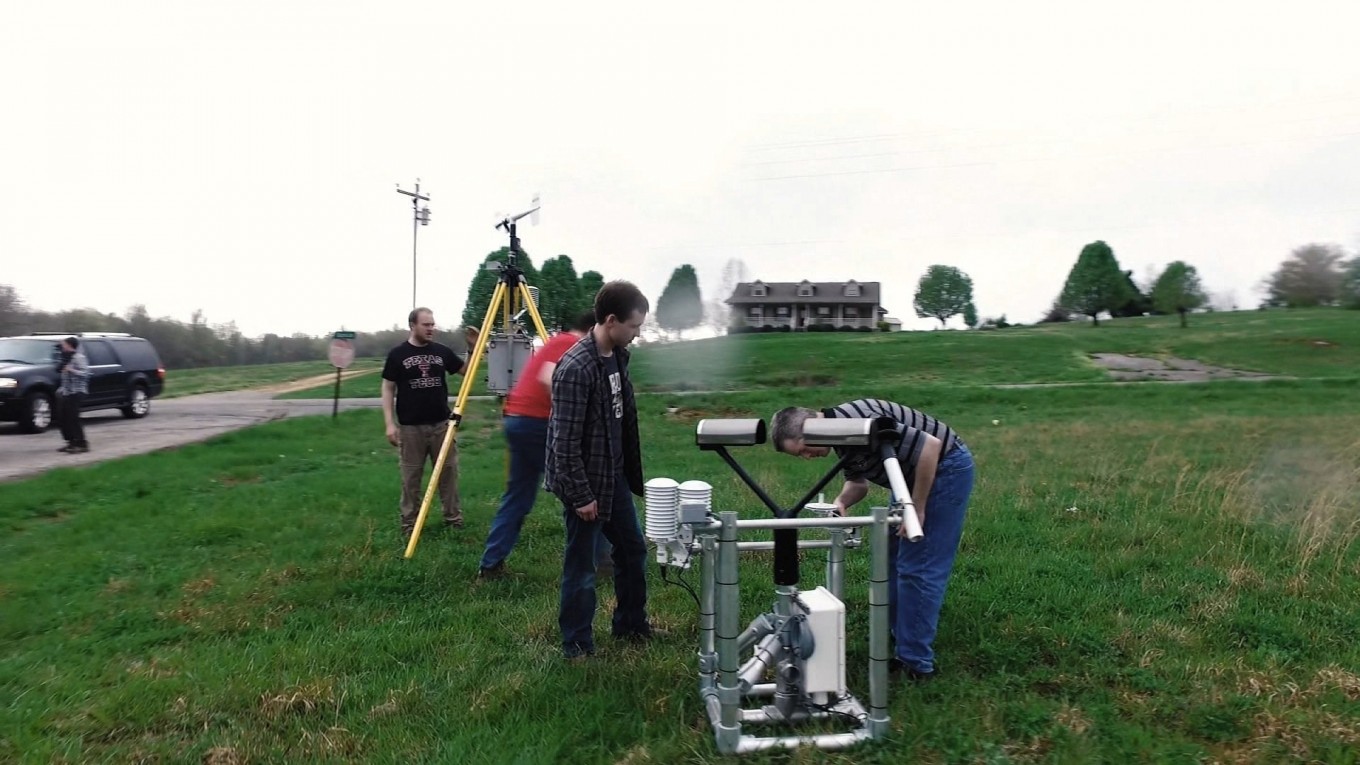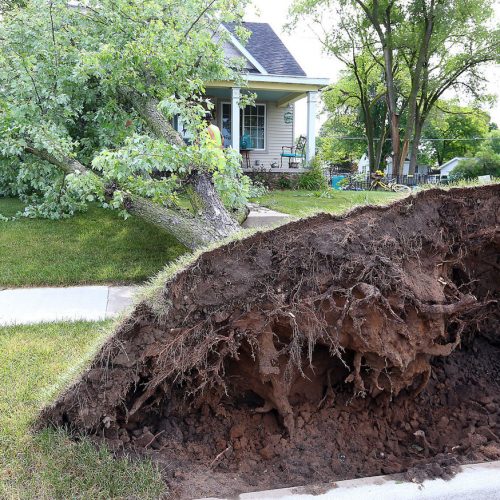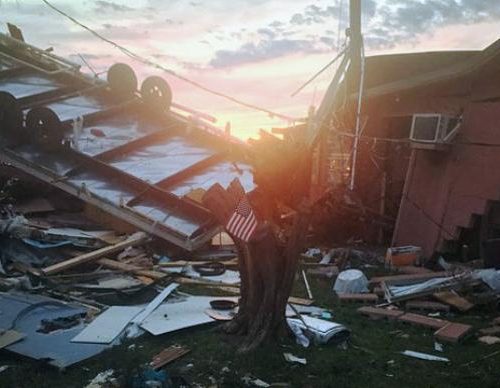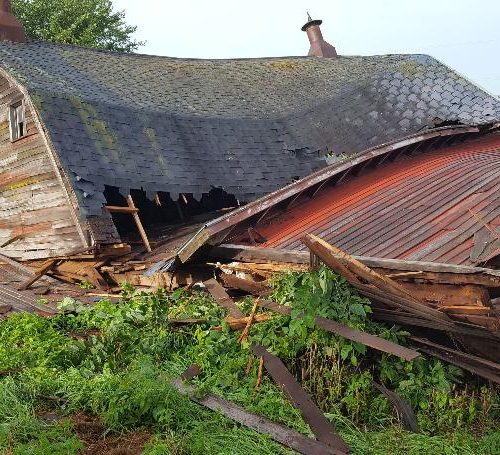(CNN) — I’ve been a meteorologist for 13 years, grew up on the fringes of Tornado Alley, and I’ve never seen a tornado — but I knew this chase could change that.
As we made our way to Huntsville, Alabama, before the sun came up on Thursday morning, I really didn’t have any expectations. I have been chasing a few times in the Plains and I knew this chase would be different. Tornadoes are harder to see in the Southeast because of the hilly terrain and trees, and many of the tornadoes happen after dark.
I knew this trip would be risky because of these factors, but in fact that’s why we are here. Scientists don’t know as much about tornadic storms in the Southeast as they want to, so we are going out to sample the atmosphere around a tornado and study it.
We met up with our chase team from Texas Tech and set off on our journey. Much of the day was a lot of waiting around. Waiting not only for the storms to start firing up, but also to see how the day unfolded so we could make the best decision as to which storm(s) to target. At last we decided to head north. We ended up in southern Tennessee, right on the Alabama border, racing to get ahead of a storm near Fairview, Tennessee.
We pulled up to put out our first weather station hoping the storm would roll right over it and we will be able to collect the data. With all the adrenaline and excitement of putting out our first “stick net” as they are called, we didn’t even notice a family of four across the street.
When I saw them, I stopped in my tracks and time stood still. They were terrified — a convoy of three cars full of scientists putting out a huge weather station directly across the street from their mobile home. They asked us if they should leave.
My heart went out to them. I couldn’t imagine the fear they faced knowing if a tornado was to form, they didn’t have much of a chance of survival in a trailer. In that split second, they faced a life-or-death decision.
We assured the family that this particular storm should not produce a tornado this soon, only high winds and hail — so they stayed. I couldn’t help but think of that family for the rest of the day.
I still think about them every day. After all, this is why we are doing this: to help save lives in the Southeast. Many people in this region don’t have underground shelters and many people live in trailers. Two reasons why the number of tornado deaths are so high in the Southeast.
We kept moving east ahead of this particular storm, stopping every couple of miles to put up another weather station.
Racing against time to beat the storm, your heart is pumping and the excitement level is at a 10.
About 30 minutes later the storm started showing signs of rotation. We had already deployed all of our stick nets, so we paused to watch.
You can’t help but feel small against the black sky and the swirling clouds above. It’s impressive. It’s a moment I know I’ll never forget.
Most of us remained quiet, in awe of what was happening in front of our eyes. Moments later, a tornado warning was issued for the storm. It had already pushed east of us.
We didn’t see any tornadoes on this chase, but the data we were able to collect could save lives in the future. A day that began with no expectations at all ended up being one of the most memorable days of my career.
By CNN Meteorologist Jennifer Gray





